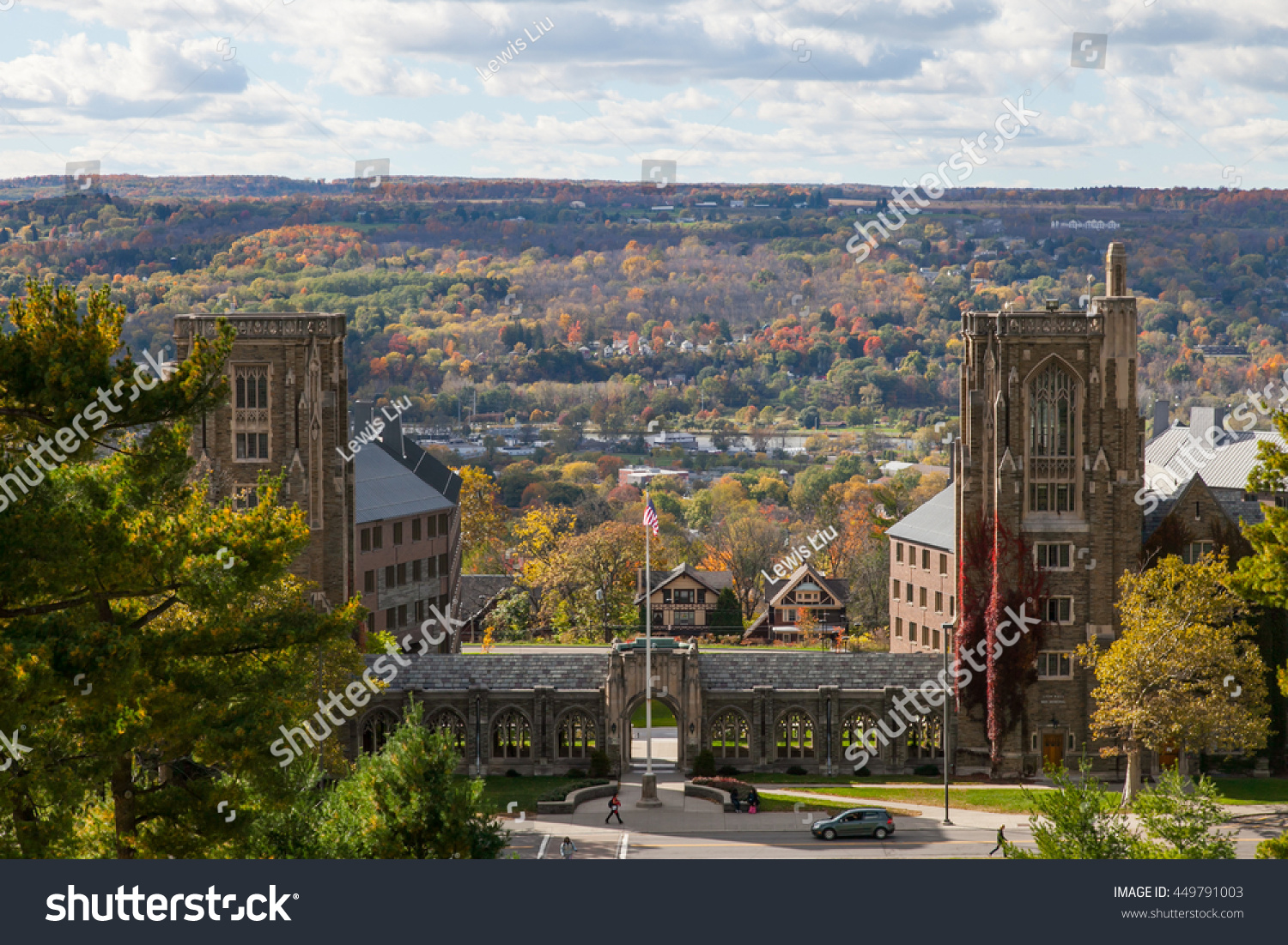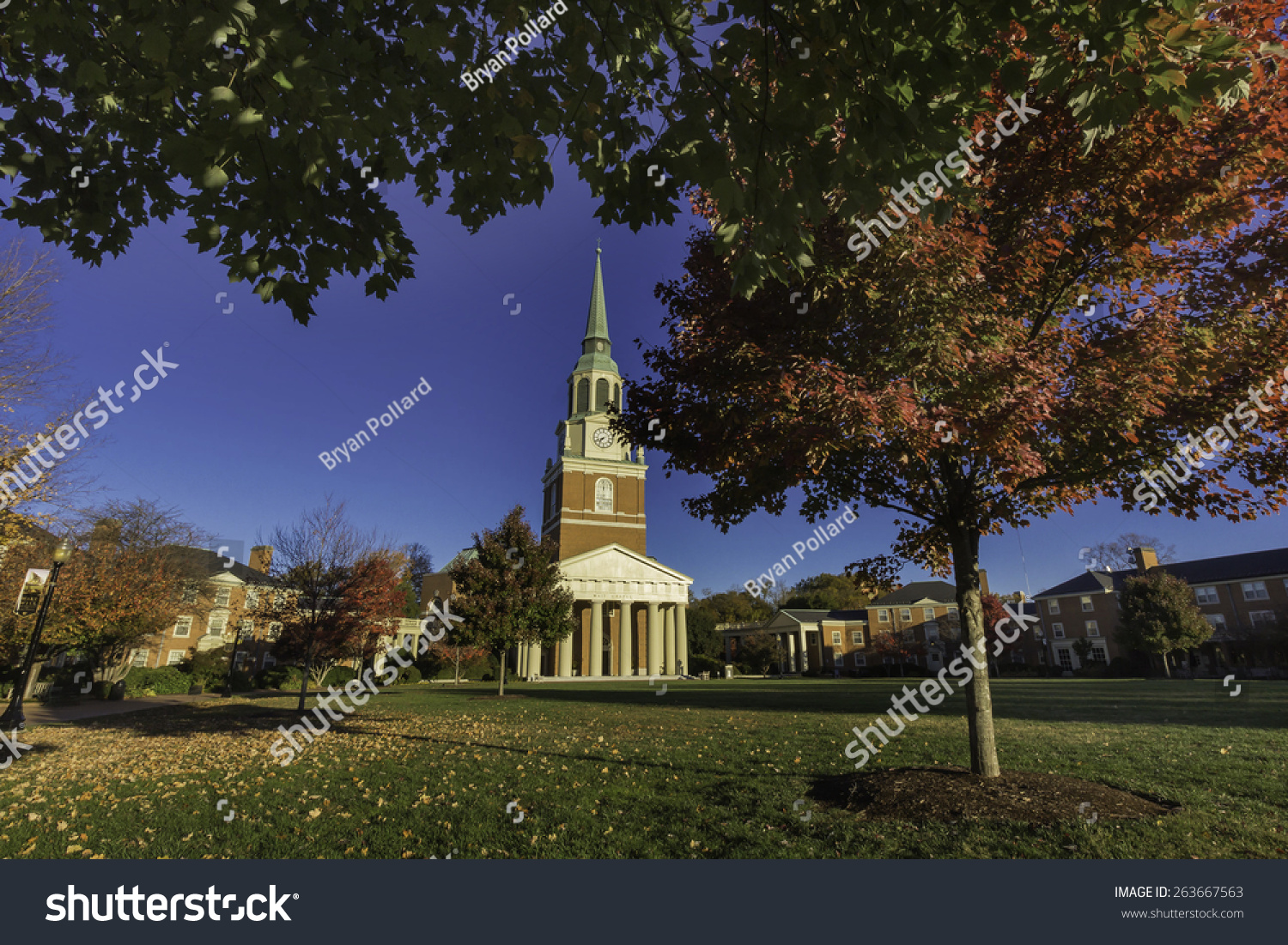In their article, “Built Environment and Depression in Low-Income African Americans and Whites” (2017), Peter James and others claim that people who live in neighborhoods with the highest walkability index had 6% higher odds of moderate or greater depression symptoms. This article is much different from the others found during my research because this deals with the mental health of an individual than it does the physical health of an individual. The article claims that urban environments are associated with a higher risk of adverse mental health outcomes, but it is unclear what specific components of the environment contribute to the mental health problems. In study conducted, data was collected in the years of 2002-2009 from 73,225 low earning, racially different people across the Southeastern United States. The relationship between a walkability index and depression was evaluated. The walkability was calculated based on the population density, street connectivity, and destination count in the 1,200-meter area around the participants’ homes, and depression was measured using the Center for Epidemiologic Studies Depression Scale for depression symptomology and questionnaire responses. After the data was analyzed, it was reported that participants who lived in neighborhoods with the highest walkability index had 6% higher odds of moderate or greater depression symptoms compared to those in the lowest walkability index. Higher walkability was associated with the higher odds of depression symptoms in the most deprived neighborhoods only, and walkability was associated with lower odds of depression symptoms in the least deprived neighborhoods.
The author does not make a claim but does state this research differs from previous research presented as it pertains to the mental health of individuals as opposed to just the physical health. The author states that the research makes the claim that there is an association between higher walkability and higher odds of depression symptoms in the most deprived neighborhoods of the Southeastern United States.
Introductory claims and concluding thoughts that connect the the research claims to the authors main point could be implemented here.

 (photo credit: Brett Barnhill)
(photo credit: Brett Barnhill) (photo credit: Bryan Pollard)
(photo credit: Bryan Pollard)
 (photo credit: Bryan Pollard)
(photo credit: Bryan Pollard)